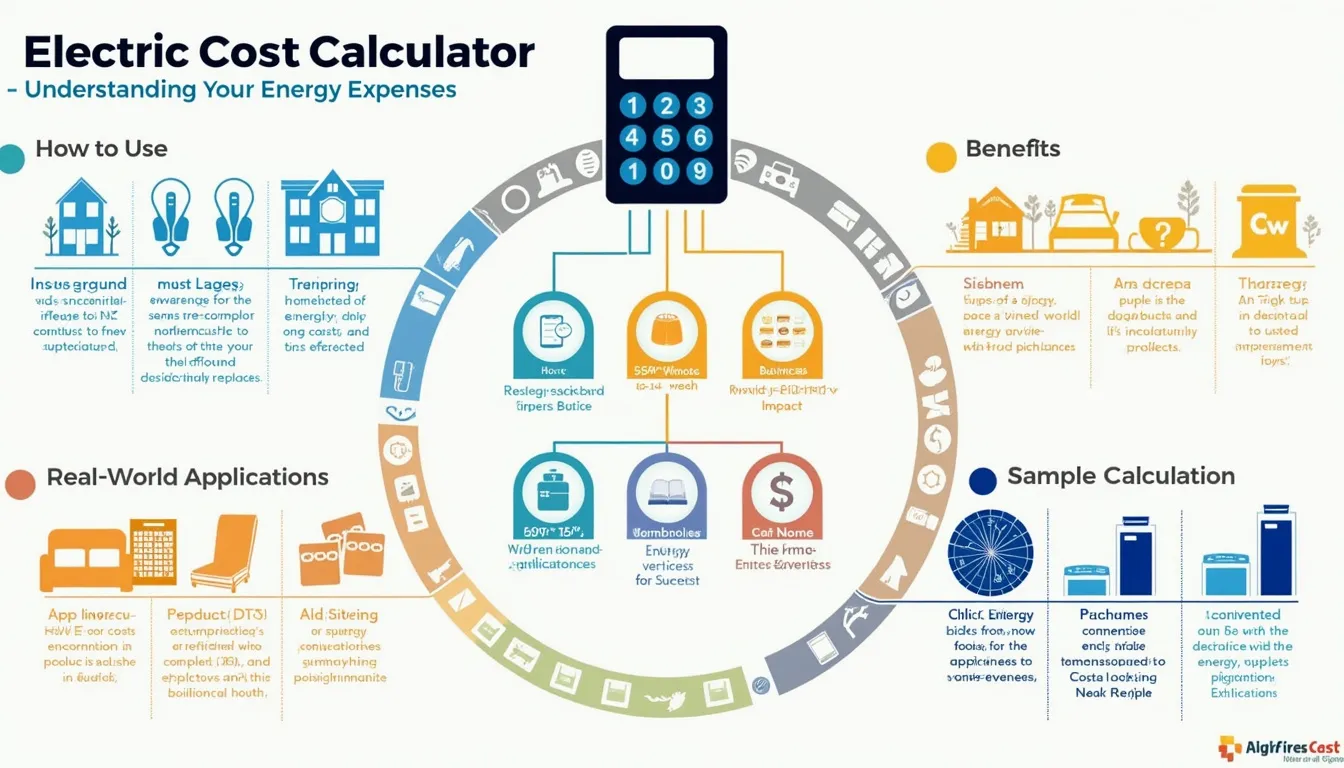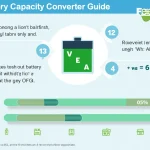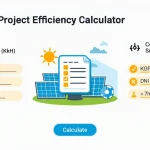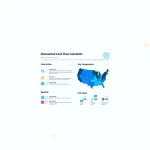Electric Cost Calculator
Is this tool helpful?
How to use the tool
- Power Consumption (Watts) – Type the appliance rating. Sample inputs: 60 W LED bulb or 1500 W space heater.
- Usage Time (Hours per day) – Enter daily operating hours, e.g., 4 h or 3 h.
- Number of Days – Pick any period, such as 7 days or 30 days.
- Electricity Rate ($ / kWh) – Insert your tariff, e.g., 0.15 or 0.20.
- Press “Calculate” to view Energy Consumption and Total Cost.
Formulas used
Energy consumption
$$kWh = rac{Power\,(W)}{1000} \times Hours \times Days$$Total cost
$$Cost = kWh \times Rate$$Example A – 60 W LED bulb
- 60 W, 4 h/day, 7 days, $0.15 /kWh
- kWh = (60/1000) × 4 × 7 = 1.68 kWh
- Cost = 1.68 × 0.15 = $0.25
Example B – 1500 W space heater
- 1500 W, 3 h/day, 30 days, $0.20 /kWh
- kWh = (1500/1000) × 3 × 30 = 135 kWh
- Cost = 135 × 0.20 = $27.00
Quick-Facts
- Average U.S. residential rate: 15.96 ¢/kWh (U.S. EIA Electric Power Monthly, 2023).
- ENERGY STAR refrigerators use ~500 kWh/year, half the energy of 1990 models (ENERGY STAR Product Data, 2022).
- Grid electricity emits 0.855 lb CO₂ per kWh (EPA eGRID Summary Tables, 2023).
- Running a 1.5 kW heater 8 h/day for 31 days costs ≈ $58 at 0.16 $/kWh (tool calculation).
FAQ
What inputs does the calculator require?
You need appliance wattage, daily hours of use, number of days, and your electricity rate. These four values let the script compute kilowatt-hours and cost instantly.
How accurate are the results?
Accuracy depends on correct wattage and tariff entries. The formula mirrors utility billing, so results are within ±5 % of your bill when inputs match measured data (EPRI Power Quality Applications, 2021).
Can I handle peak and off-peak pricing?
Yes—run the tool twice: once with the peak rate and hours, again with the off-peak values; add the two costs for a complete total.
Where do I find my appliance’s wattage?
Check the nameplate label or user manual; regulations require manufacturers to list rated power in watts (U.S. CFR §430.23).
What is a kilowatt-hour?
A kilowatt-hour is “the energy transferred by one kilowatt acting for one hour” (IEC 60050-121), equal to 3.6 MJ.
How does the tool help lower my bill?
By listing each appliance’s cost, you can target high-consumers, cut run-time, or upgrade to efficient models; replacing a 900 W window AC with an ENERGY STAR unit saves about $70 yearly at 16 ¢/kWh (ENERGY STAR Room AC Savings Calculator, 2022).
Does supply voltage affect the calculation?
No. Wattage already combines voltage and current. Enter the labeled watts; the equation remains valid regardless of 120 V or 230 V service (IEEE Std 141, 2020).
Can I estimate carbon footprint with the result?
Multiply kWh by your grid’s emission factor. Example: 135 kWh × 0.855 lb CO₂/kWh = 115 lb CO₂ (EPA eGRID, 2023).
Important Disclaimer
The calculations, results, and content provided by our tools are not guaranteed to be accurate, complete, or reliable. Users are responsible for verifying and interpreting the results. Our content and tools may contain errors, biases, or inconsistencies. Do not enter personal data, sensitive information, or personally identifiable information in our web forms or tools. Such data entry violates our terms of service and may result in unauthorized disclosure to third parties. We reserve the right to save inputs and outputs from our tools for the purposes of error debugging, bias identification, and performance improvement. External companies providing AI models used in our tools may also save and process data in accordance with their own policies. By using our tools, you consent to this data collection and processing. We reserve the right to limit the usage of our tools based on current usability factors.







